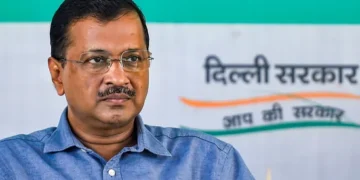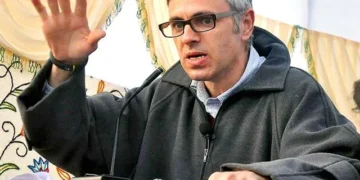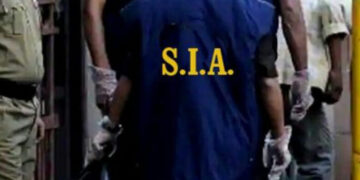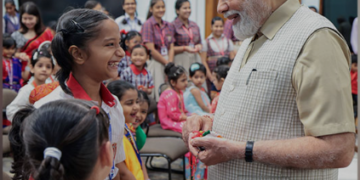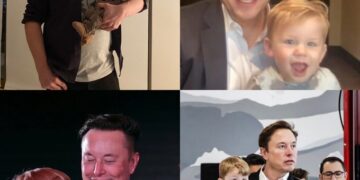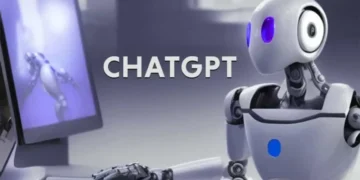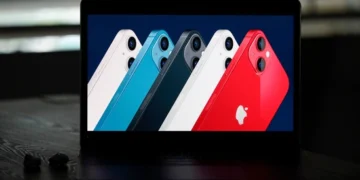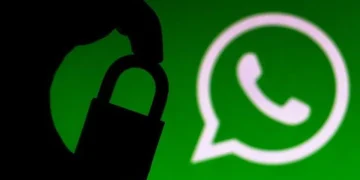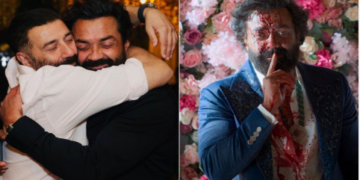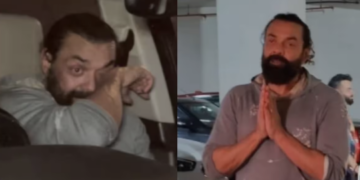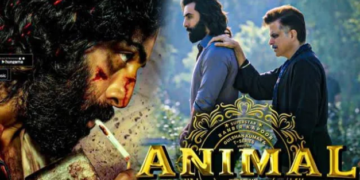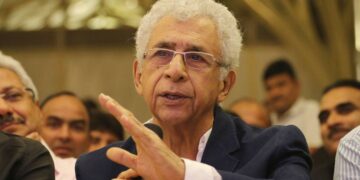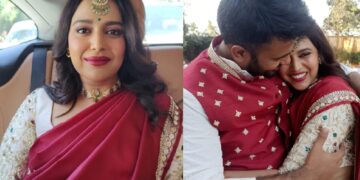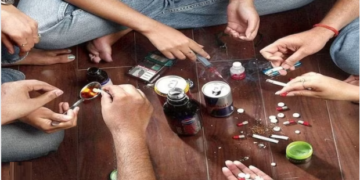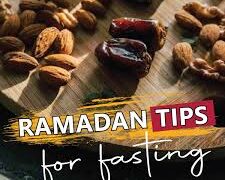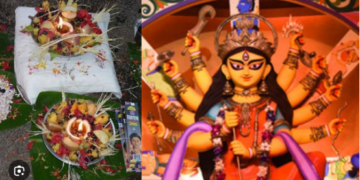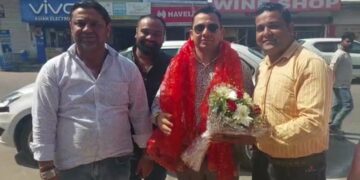This three days local festival of Bhadarwah starts on Bhadarpad Shukla Panchmi (Rishi Panchmi) every year.The festival is being celebrated uninterrupted since 1580 A.D. to display the gifts given by Mughal Emperor Akbar to Raja Nagpal of Bhadarwah in honour of Lord Shri Vasuki Nag. The gifts included gold and silver articles, embroidered silk and velvet clothes, chatters, nobat nagare (royal drums), silver utensils, golden kalash etc.
On Bhadrapad Shukla Tritya , the Kalash of Patt Dev called” Jhaari ” were carried by a member of Rajpurohit family on his head in a procession from Ganesh temple to Vasuki Nag temple and thereafter today to the house of Raj Gurus in Khakhal mohalla.During night members of ten specified families of Bhadarwah called” Dashnaans” fabricate a temple shikhar style “Patt” with Kalash on top and colourful silken clothes on sides. Since the silken cloth in Sanskrit is called ‘Patt Vastra’, hence the name of the festival is Mela Patt or Patte Ru Kodd.

On Bhadarpad Shukla Panchmi (Rishi Panchmi), the temple shikhar style “Patt,” with Kalash (Jhaari) on top and colourful silken clothes on sides were fabricated by ‘Dashnans’ in the night. It is visited and worshipped by devotees in the ‘dalaan’ (central room) of the Rajgurus. The five-piece (Panchmukhi) Jhaari which was kept in Vasukinag Temple overnight were carried by a member of Rajpurohit family on his head in a procession on Kalank Chaturthi to the house of Rajgurus in Khakhal Mohalla and kept there in their Dalaan for viewing and worship. The five golden urns of Jhari are fitted in the top of Patt with the bigger one at the pinnacle and four smaller ones on its sides.
The fabrication of Patt and management of this festival (kodd) has been entrusted to ten prominent families of Bhadarwah called Dashnaan. They segregate the cloth pieces on the basis of their length, colour, design, and weight and tie them by various kinds of knots in the shape of a temple over a wooden body called Ghorhi. The knots at the upper part of this column are artistically covered by a piece of gold embroidered cloth (zari cloth). The creation of Patt, sculpted in the form of a temple vimana is accomplished in the wee hours of Rishi Panchami. The Chief Rajpurohit consecrates and deifies the Patt by giving Jeevadaan to it.

At the crack of dawn, the Patt is carried by a specific chela on his head in the form of a procession and swirled at Durga Mata temple in Khakhal, Shri Vasuki Nag temple, and Ganesh Math temple. It is then kept back in the dalaan of Rajguru’s house for worship by the devotees who throng the place throughout the day.

During afternoon the Patt were be carried to Khakhal ground amidst Jaikaras in a huge procession accompnied by flags, Chattaris (umbrellas and canopies made of embroidered silken cloth) and Noubat nagare ( musical instruments like Dhons, Narsingha, Jhalli ,Kahal). Here the Patt is swirled in circular motion with the ‘Dashnans’ standing around the ‘Patt’ to support it when the chela carrying the Patt tires and rests for a few moments by sitting down. The Patt being swirled in circular motion enabling it to display the Patt vastra (Cloth), and Panchmukhi Jhari(The five piece golden urns) with the Dashnans standing around the Patt.

The whole ground and roofs/balconies of houses are filled with devotees. During all the three days of Mela Patt, after Patt Dev returns to its abode in the dalaan of Rajgurus, the devotees perform the traditional Dhekku Dance in Khakhal.

Dhekku dance is the most famous and popular dance of Bhadarwah. It is also called Kodd dance as it is generally performed during jatle/kodd festival and continues throughout night. It is traditionally performed to appease Nagdevta and express gratitude for all the good happenings. A large number of people form a circle or more than one concentric circles. With the bijentries in centre, they dance in unison to the tune of Dhol, Narsingha, flute and bells. The dancers rhythmically move their feet and arms back and forth on the beat of drums. The emphasis is on elegance, harmony and balance.

The dance is completed in three stages depending upon the pace just like a classical raga which is played in vilambit, madhyam and drut laya. It starts on a slow tala (rhythm) which is called Ikehru dhokku i.e single dhekku which leads to a faster pace called Lastan followed by very fast drums and fast movement of the whole body leading to a crescendo.



